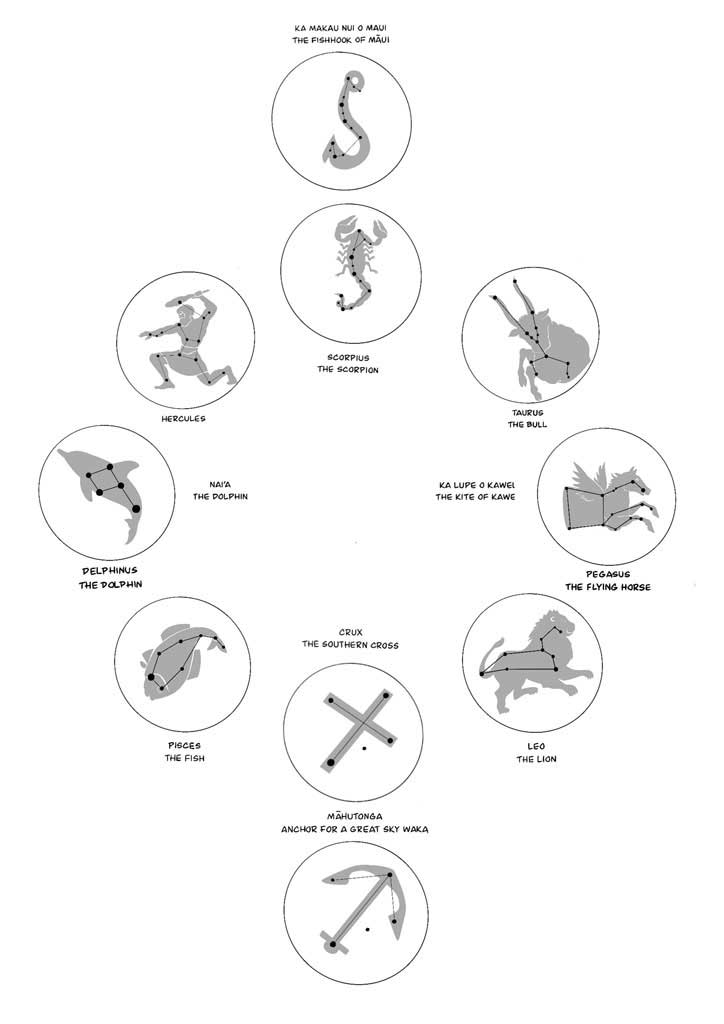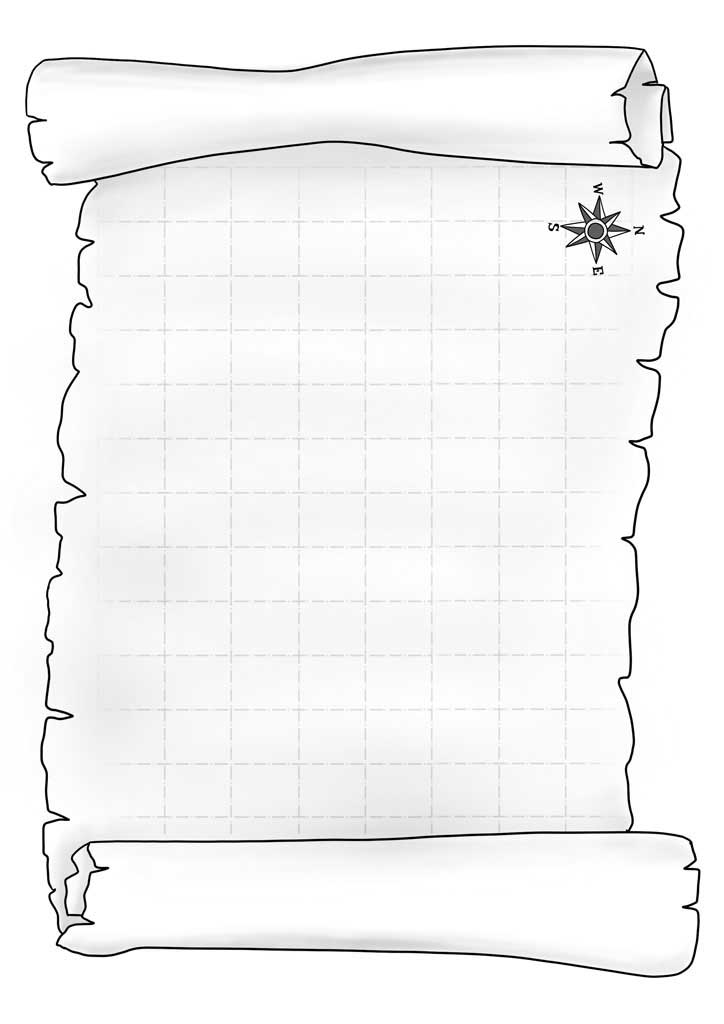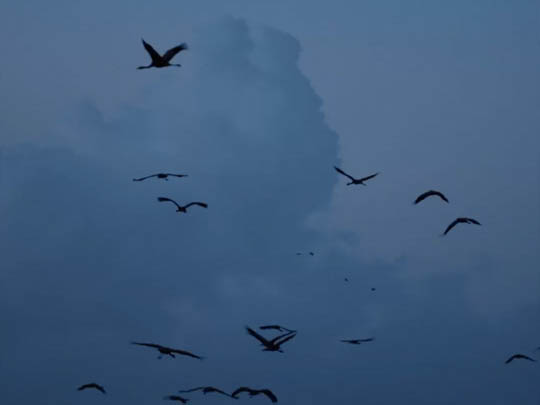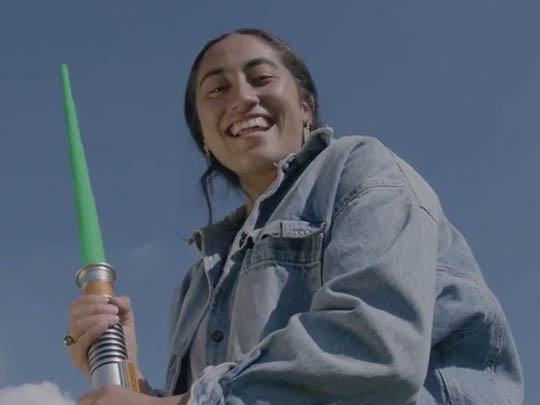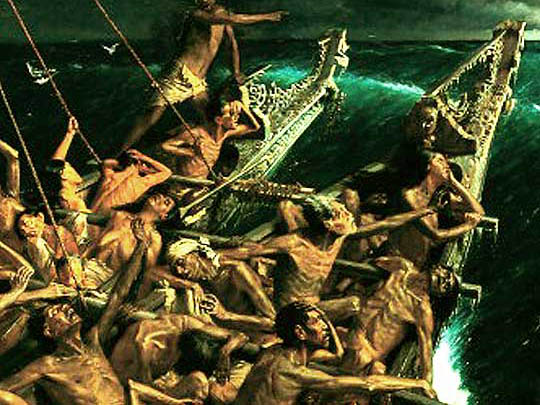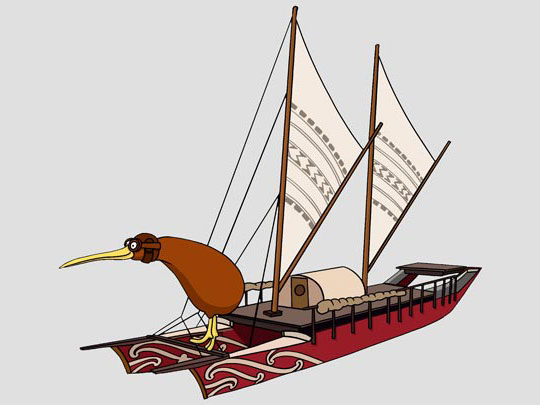Chapter Overview
The story of how people came to Aotearoa is one of the world's greatest adventures
Where did our ancestors come from?
- A Nation Born of Sailors
Tracing the arrival of people from across the Pacific, a journey of 3,500 years to Aotearoa. - Footsteps of Our Ancestors
Why most people have never heard of the greatest migration in human history, until now.
How did people find new lands in the time before sat-navs?
- Birds and Navigation
How our Polynesian navigators turned to the sky for inspiration when exploring the Pacific.
Steering by sun, stars, and the natural world.
- Navigation
How the Polynesian equivalent of Jedi Knights used 'the force' to navigate the Pacific. - Create Your Own Current
Nanogirl marine scientist Dr Kate Sparks demonstrates the power of ocean currents with an exciting experiment. - Star Compass
How our Polynesian navigators developed a compass from the stars in the night sky. - Brains vs Gizmos
Sailing from Tahiti to Aotearoa using two types of navigation: hi-tech gizmos and traditional brain power. - Fa'afaite: Wrong Way
Just how accurate are traditional navigation methods compared to GPS satellite mapping?
Captain Cook gets the glory - but he had help!
- Tupaia and Endeavour
One of Polynesia's greatest navigators was with Captain Cook to steer him in the right direction. - Billy T
One of Aotearoa's funniest men imagines what it was like when Māori first met Captain Cook. - Sydney to Tauranga
Onboard a replica of the Endeavour to investigate navigation using a sextant instead of the stars.
The truth behind our arrival in Aotearoa.
- Mythbusting Goldie
Taking a closer look at one of the most famous paintings in Aotearoa, and how it shaped an enduring myth. - Journeys End
In 2019, as part of the Tuia 250 celebrations, waka hourua sailed from Tahiti to Aotearoa, marking the beginning of a new story.
